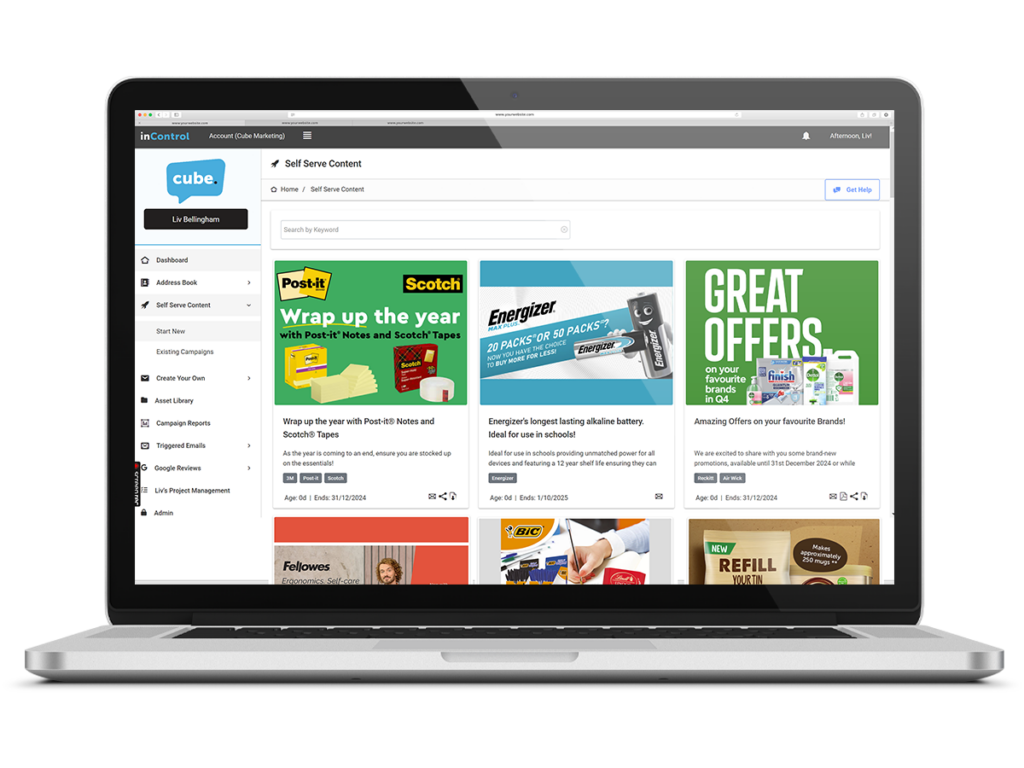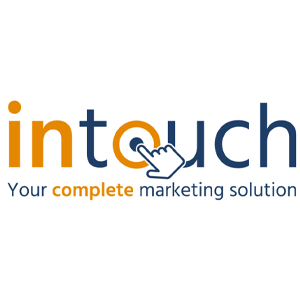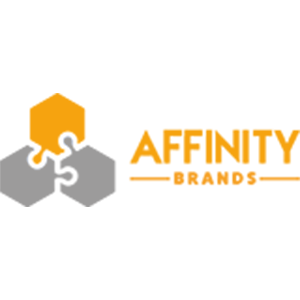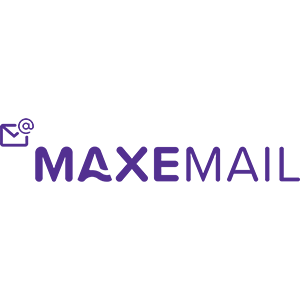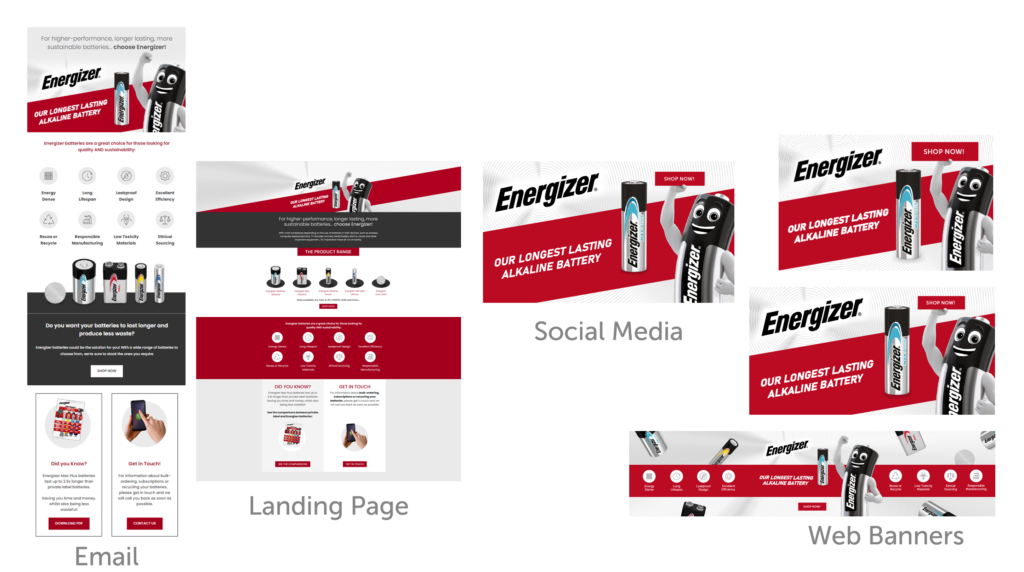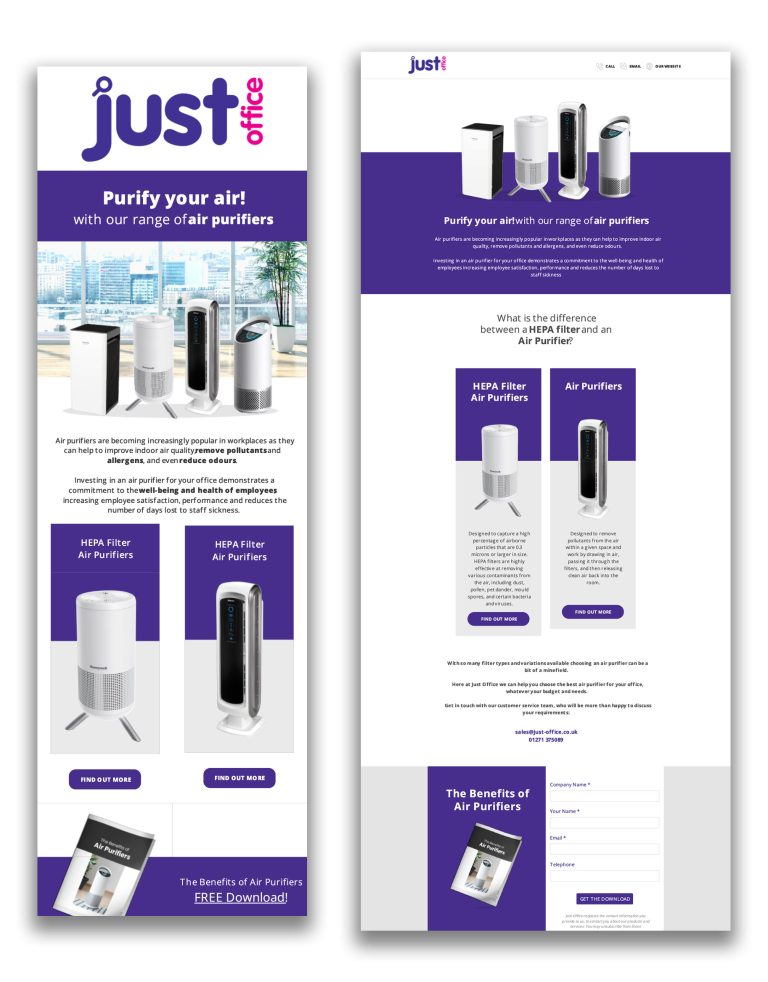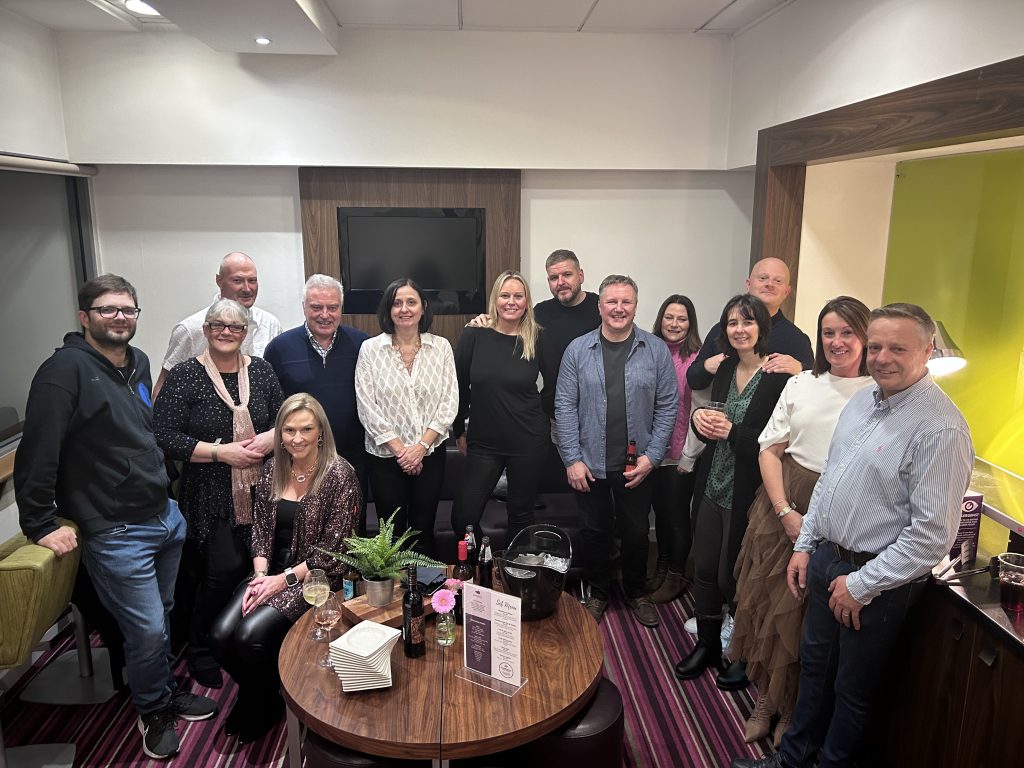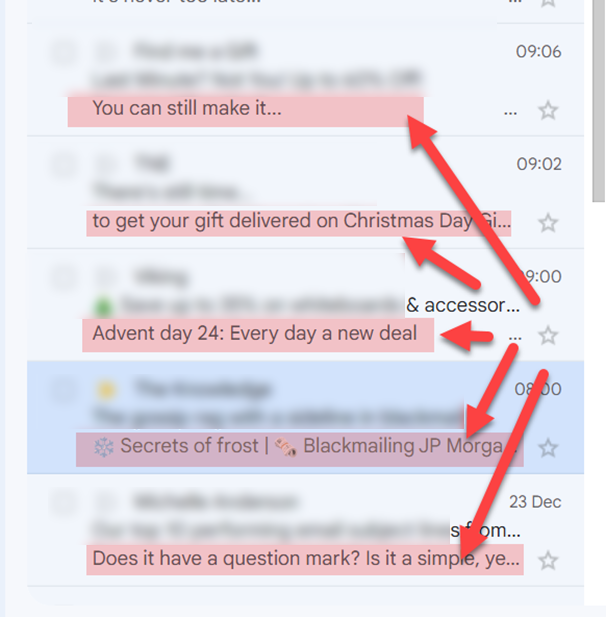Introducing Our New Unresponsive List:
As an upcoming development to our service we will be adding a new unresponsive list which will automatically move all contacts which have not opened at least 15 of your last emails consecutively with the last 6 months, this will be then
updated each quarter for any new contacts which fit this criteria. Once these contacts have been moved into their new mailing list, you will have the ability to review these contacts and if you can confirm that they are of legitimate status you can move these back into their original mailing list.
Why are we implementing this change? Sending emails to people that consistently do not open them has become one of the biggest threats to successful email marketing and can result in you being identified as a spam sender. These contacts may well be good customers, but if they’re not opening they still pose a risk to your sending reputation. We are now grouping these contacts together to give you an opportunity to change tactic. and try a different approach to engage with these contacts. How will the unresponsive list benefit myself? It will help to boost your engagement metrics—open rates, click-through rates—by encouraging a focus on contacts who interact with your emails.
1. Engagement with your content – disengaged contacts will be removed meaning the content you will be sending will receive a significant increase in open rates.
2. These contacts will not be unsubscribed or suppressed, only identified and filed together allowing an easy route to begin reviewing the affected contacts.
3. This will also operate as a route to cleansing your mailing lists removing illegitimate contacts.
How can I further improve my data?
Watch1. Ensure the consent from all contacts is received before sending communications or campaigns to them.
2. Avoid any form of bought contact lists.
3. Prior to uploading large contact lists use a third party verification process such as
emailable to ensure your mailing list contains good email addresses.
4. Regularly monitor your results and specifically your spam %
5. Be proactive in monitoring your unresponsive list and reengaging where appropriate.
6. If you are sending out large amounts of emails slowly increase the number of sends until you reach your desired figure, if you see a spike of spam reports decrease your number of sends and repeat the gradual increase process.
Watch the video below to ensure your domain is correctly authorised:



T : 01386 257757
E : sales@incontrolmarketing.co.uk
support@incontrolmarketing.co.uk




